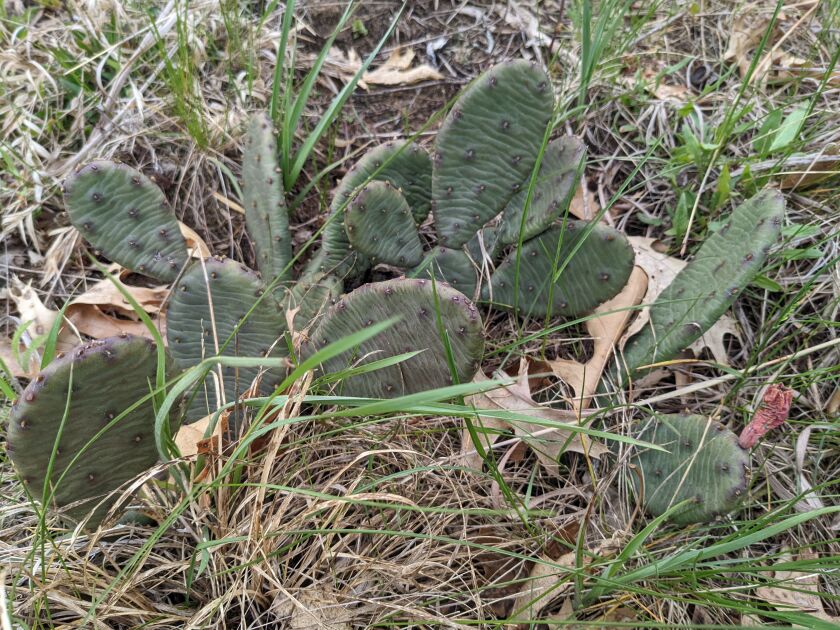AROMA PARK — Jason Robinson found plantain in the gravel/grass edge last week before we even left the parking lot at Aroma Land and Water Reserve. With that white man’s footprint (Plantago sp.), we started our three-hour hike/seminar on early-spring foraging.
“I’m really a kid who likes to walk the woods and eat stuff off the ground,” said Robinson, associate scientist, entomology, Illinois Natural History Survey, who has an interest in foraging going back to growing up in the South.
With the cold spring, we are so far behind that I only received my first photo of morel mushrooms (Morchella spp.) from Julie Gangloff on Sunday in Cook County and the first wild asparagus photo from Ken Gortowski earlier this week.
But next week spring/summer should explode; foraging will, too.
First Robinson stopped to talk about eating violet flowers (viola sp.) but not the leaves because they are important to rare butterflies.
For foraging, he wore high rubber boots (helps with ticks and muck) and had a knapsack, guidebooks and a wicker basket.
“What’s wrong with carrying a basket,” he asked. “When I put it in my basket, I know I will eat it.”
Unknown items go into other bags, where he keeps them until determining what they are. I use a similar two-tier system: Separating things I am certain about from the ones I need to ask somebody smarter than me before eating.
Robinson went further, “Know the Latin name of what you’re going to eat.”
It makes life-saving sense to be that sure of identification.
I begin my IDs with an app or photos. Robinson prefers keys over photos, because there are more ways to check what the plant is.
He has a multitude of guides. In the field, he carried “Newcomb’s Wildflower Guide” and the Peterson field guide, “Edible Wild Plants,” and used them. He highly recommended Euell Gibbons’ classic, “Stalking The Wild Asparagus.”
Foraging should be done on your own land or with permission on private land. It is prohibited in virtually all park districts and forest preserves. At the state level, check the individual site because it is more legally convoluted.
Walking with Robinson showed how somebody really good at foraging perceives the world. Starting, he spotted oaks on the edge with cracks and said he would mark that area to come back to in summer for Hen-of-the-Woods.
He keeps a journal for remembering such spots. Same goes for wild asparagus noticed ferned out late season or places where morels are found.
“I want to see things I will come back to later,” he said. “If you’re like me, I forget stuff. I can’t remember all the places where I got morels.”
Deep in our hike, a slope came up from a swampy area.
“This is the sort of spot where I would look for morels,” he said. “It has ashes and silver maples, it’s green and has some of the trees I associate with elms.”
Wild strawberries are easier to see when it is a plant than when fruited. So mark where spotted.
On ramps (wild leeks), his spring favorite, he rhapsodized, “I only harvest allium triccocum, but I am a snob. The sweeter flavor of this species better caramelizes in butter, and also makes for a taster fresh snack in my opinion.”
It was time.
“Isn’t it amazing how many things we’ve seen that are edible?” he asked.
On the way out, he spotted prickly pear (opuntia sp.). The fruits and leaf pads are edible. Advice on that one was “Careful handling to prevent spines.”
Be careful out there.








